Solutions
Horse Construction offers full range of structural strengthening materials with technical supports, documentation supports, products supports, project supports.
Can The Wooden Structure Of Ancient Buildings Be Reinforced With Carbon Fiber?
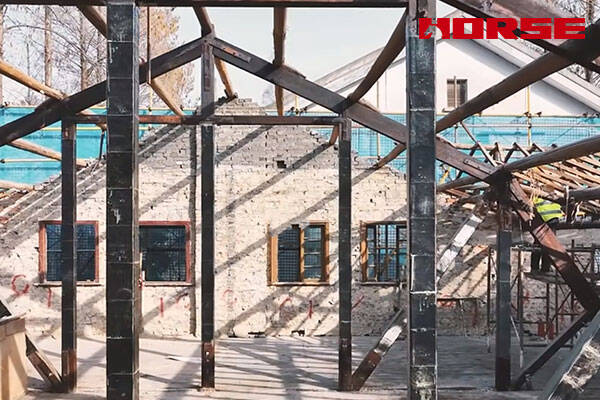
The wooden structures of ancient buildings are a vital part of Chinese civilization. From the brackets of pavilions and towers to the beams and columns of the Hall of Supreme Harmony in the Forbidden City, they all face challenges such as insect infestation, decay, material aging, and reduced load capacity. Traditional reinforcement methods often suffer from limitations such as damage to the original appearance of cultural relics, increased component weight, and lengthy construction periods. With the advancement of material technology, carbon fiber reinforcement technology, with its advantages of lightweight, concealed design, and corrosion resistance, has gradually become an innovative solution for preserving the wooden structures of ancient buildings.
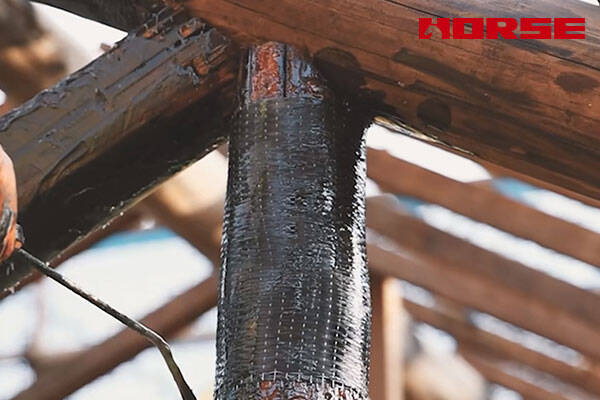
Debunking Misconceptions: Why is Carbon Fiber Reinforcement Suitable for Ancient Wooden Structures?
Many believe that modern carbon fiber materials conflict with the style of ancient architecture. However, the core advantages of carbon fiber reinforcement precisely meet the preservation requirements of ancient wooden structures—minimal intervention, reversibility, and maintaining the original appearance of the cultural relics.
Its adaptability is primarily reflected in three aspects:
1. Lightweight: No Increase in Component Load
Historical wooden structures (such as the raised-beam structures of the Ming and Qing dynasties) often rely on mortise and tenon joints. Over time, the strength of wooden components deteriorates, making them extremely sensitive to additional loads. Carbon fiber has a density only one-quarter that of steel and one-half that of wood. Even with multiple layers of carbon fiber cloth or ultra-thin carbon fiber sheets (2-3mm thick), reinforcement barely increases component weight, preventing cracking in mortise and tenon joints or deformation of the beam frame due to combined loads.
For example, a moon beam on a Song Dynasty building, which had excessive deflection due to decay, was reinforced with two layers of 300g/㎡ carbon fiber cloth. The load-bearing capacity increased by 25%, while increasing the weight by only 0.3kg/㎡, fully meeting component safety requirements.
2. Concealed Construction: Preserving the Original Style of the Timber Structure
Traditional steel reinforcement requires welding steel plates onto the surface of wooden components, which damages the wood grain. Externally enclosing with concrete completely conceals the timber structure. Carbon fiber materials, however, can be integrated into the structure of ancient buildings through a "concealed bonding" process:
For cylindrical components such as beams and columns, carbon fiber cloth can be cut into curved shapes, bonded to the wood surface, and then coated with a wood-colored fire-retardant coating, making the reinforcement virtually invisible to the naked eye.
For complex joints such as brackets and corbels, ultra-thin carbon fiber tape (5-10mm wide) can be applied to weakly stressed areas without affecting the carved details. This "invisible reinforcement" method has been widely used in ancient building restoration projects such as Pingyao Ancient City in Shanxi and Hongcun Village in Anhui.
3. Corrosion and Insect Resistance: Extending the Service Life of Wood Structures
The main diseases affecting wooden structures in historic buildings are wood decay (caused by fungi) and insect infestation (such as termites and wood borers). Traditional reinforcement requires regular application of insect repellents, resulting in high maintenance costs. Carbon fiber is inherently corrosion-resistant, insoluble in water, and impervious to insect infestation. Furthermore, the accompanying water-based modified resin (such as epoxy resin emulsion) penetrates the wood, forming an "anti-corrosion protective layer" that effectively inhibits fungal growth. Experimental data shows that wood components reinforced with carbon fiber decay 80% slower in humid environments than unreinforced components, extending their service life to over 50 years.
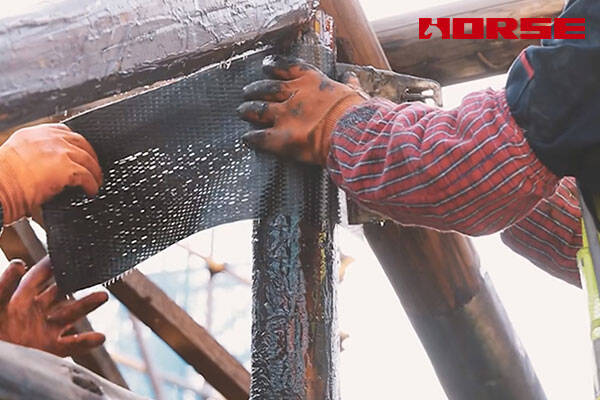
Challenges and Risks: The "Other Side" That Can't Be Ignored
Despite its significant advantages, using carbon fiber for historic building reinforcement must address the following core challenges:
compatibility challenges—humidity and thermal expansion coefficient
adhesion dependence
reversibility limitations
Since there are both advantages and disadvantages, it is particularly important to apply carbon fiber technology scientifically and safely.
Diagnosis first, reinforcement later:
Professional cultural heritage conservation and structural engineers must accurately assess the degree of damage and mechanical properties of wooden components. Carbon fiber is not a panacea; it is primarily used to improve the tensile and flexural properties of components. For severely decayed components with insufficient compressive strength, traditional methods should still be used in conjunction with it.
Strict control of materials and processes:
Specialized modified epoxy resins suitable for wood substrates must be selected, exhibiting a certain degree of flexibility and breathability.
Before construction, aged wood must undergo permeation reinforcement treatment, and the adhesive surface must be meticulously prepared to ensure a good bond.
Adhere to the principles of "reversibility" and "minimum intervention":
The possibility of future demolition should be considered during design. For example, explore the use of biodegradable or recyclable adhesives.
Never abuse adhesives; use them only in critical areas and when necessary, and use only to ensure safety, not ultimate strength.
Conclusion: A "Supporting Role," Not a "Main Role"
Carbon fiber reinforcement technology provides a powerful modern tool for preserving the wooden structures of ancient buildings, but it by no means replaces traditional techniques. It should be positioned as a beneficial supplement and upgrade to traditional reinforcement methods, playing an efficient and discreet supporting role in scenarios where traditional methods are difficult to implement or would be overly intrusive.
In the rigorous science and art of ancient building preservation, the application of any new technology must be based on in-depth research, a rigorous approach, and a deep respect for history and culture. Only in this way can we ensure that these precious cultural heritages, while preserving their soul, remain securely protected into the future.
You can find anything here you are in need of, have a trust trying on these products, you will find the big difference after that.
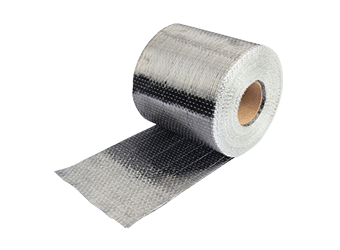
High strength, unidirectional carbon fiber wrap pre-saturated to form a carbon fiber reinforced polymer (CFRP) wrap used to strengthen structural concrete elements.
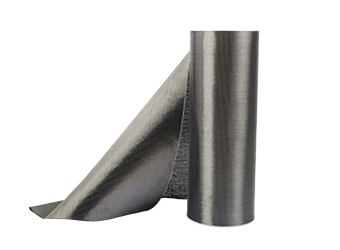
High strength, unidirectional carbon fiber fabric pre-saturated to form a carbon fiber reinforced polymer (CFRP) fabric used to strengthen structural concrete elements.
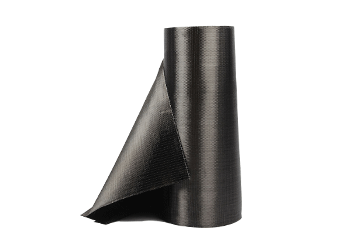
High strength, unidirectional carbon fiber sheet pre-saturated to form a carbon fiber reinforced polymer (CFRP) sheet used to strengthen structural concrete elements.